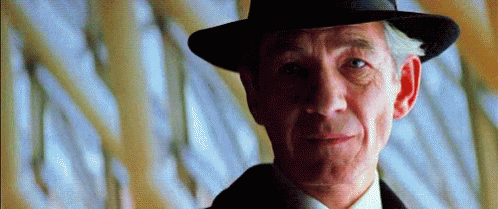Also should be emphasised that (as noted above) the Mirage IVC was to have 2 J-75s (the same engine as the F-105, but 2 of them).
We are not talking about a F-105 or F-4 equivalent (or even a F-111 sized aircraft) but something rather larger, closer in scale to a B-58 or even to a Tu-22.
As the French airforce repeatedly had to walk back from plans for larger and/or twin engined fighters the idea that they could/ should have ever fielded Mirage IVCs is deeply unrealistic.
You are confusing the Mirage IVB (2*J75 large bomber) with the Mirage IVC (Phantom like, two Atar 9).
There was no "French Arrow" in the sense of a big 2*J75 fighter or interceptor.
Mirage IVC came first in 1957 as "any fighter a touch larger than a Mirage IIIC" - which encompassed not only Phantom (twin jets) but also a F-105 look alike with a "super Atar" and 12 tons thrust.
By 1957-58
- Mirage IIIC = F-104
- Mirage IVC
early variant = F-105, but "Super Atar" goes nowhere
- Mirage IVC
1958 = two Atar 9, a French Phantom
It was that second Mirage IVC that was stretched to the Atar 9K (6800 kg thrust) extreme limits: the 33 tons Mirage IVA (1964-2005) with extreme aerodynamic "polishing" as a palliative to the Atar limits.
So what was the Mirage IVB ? A French B-58 look alike (or Tu-22 indeed): a 60 mt Mach 2 bomber with two J75s.
It had a brief lifespan: March to September 1959, some bits of metal mockup were started.
By 1960 it was decided that Mirage IVA with aerial refueling (Vautour, Caravelle or C-135FR, finally) was the way to go. It would get a Force de Frappe IOC by October 1964 until Plateau d'Albion and Redoutable subs solid fuel missiles entered service: not before the early 1970's.







